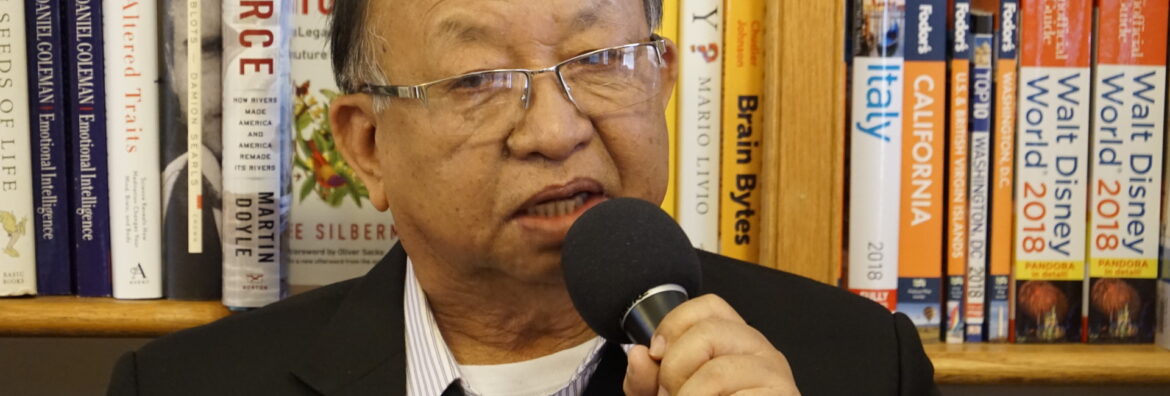By Rosemary Okoiti, ATD NYC
1. What three words describe you and why?
•Empathetic: I always make a good effort to make sure I’m considering the other person and the other side of the story. This is one of the reasons I love human-centered design so much as well.
•Ambitious and driven: If I set my mind on something, it would be extremely hard to get me off that road. I have a high inspiration for myself which comes with higher standards. Knowing this about myself helps me realize when to let things go and be more agile.
•Versatile: I am curious about a lot of things and have a wide range of interests, psychology, design innovation, learning, art, business, tennis, biking, and the list continues. I once was going to major in math and law. Read More…











